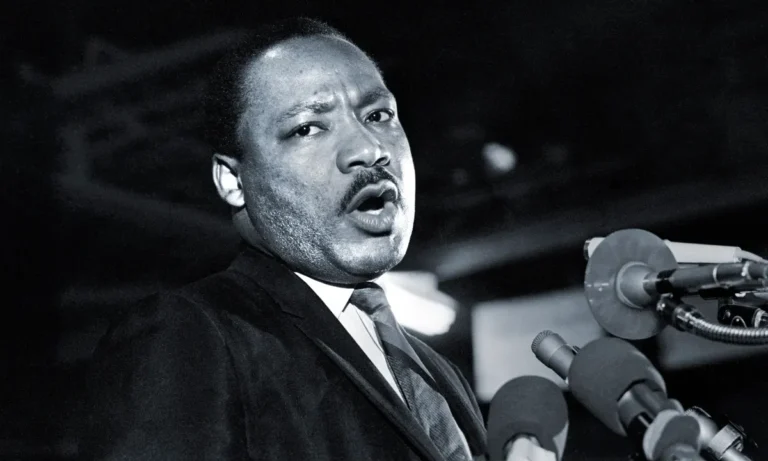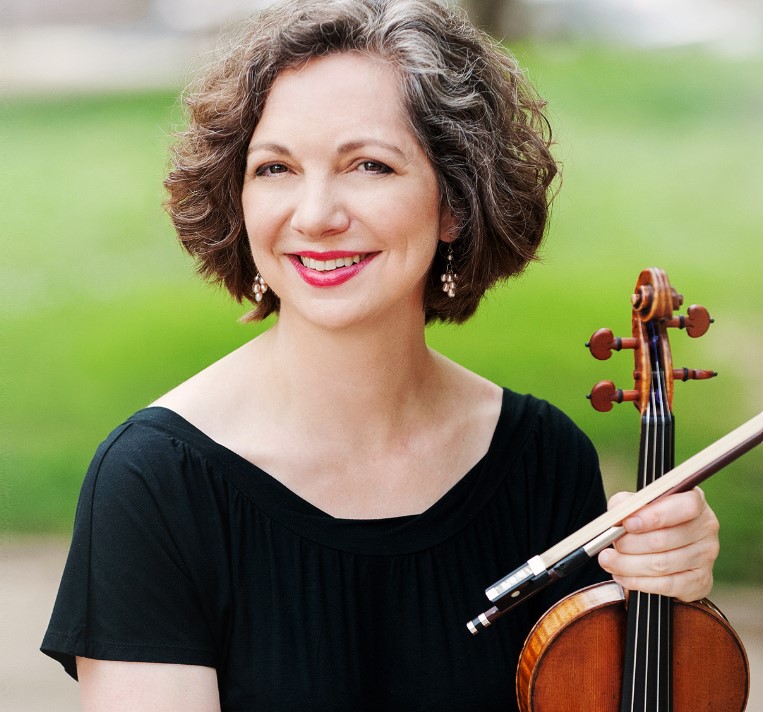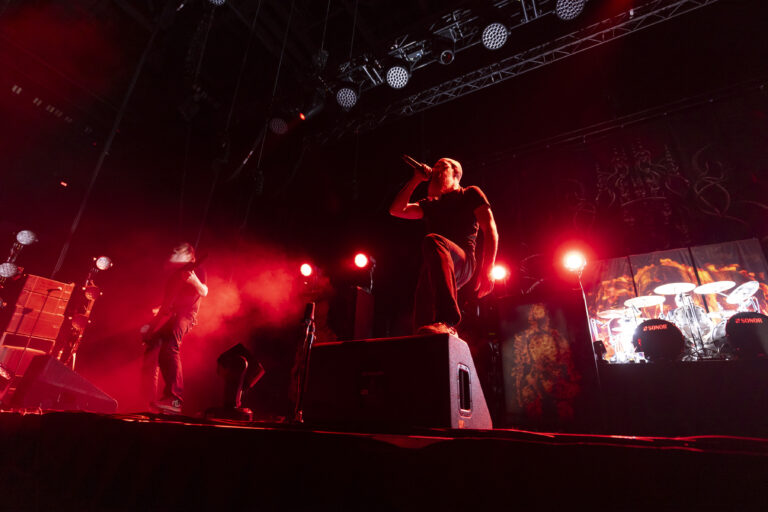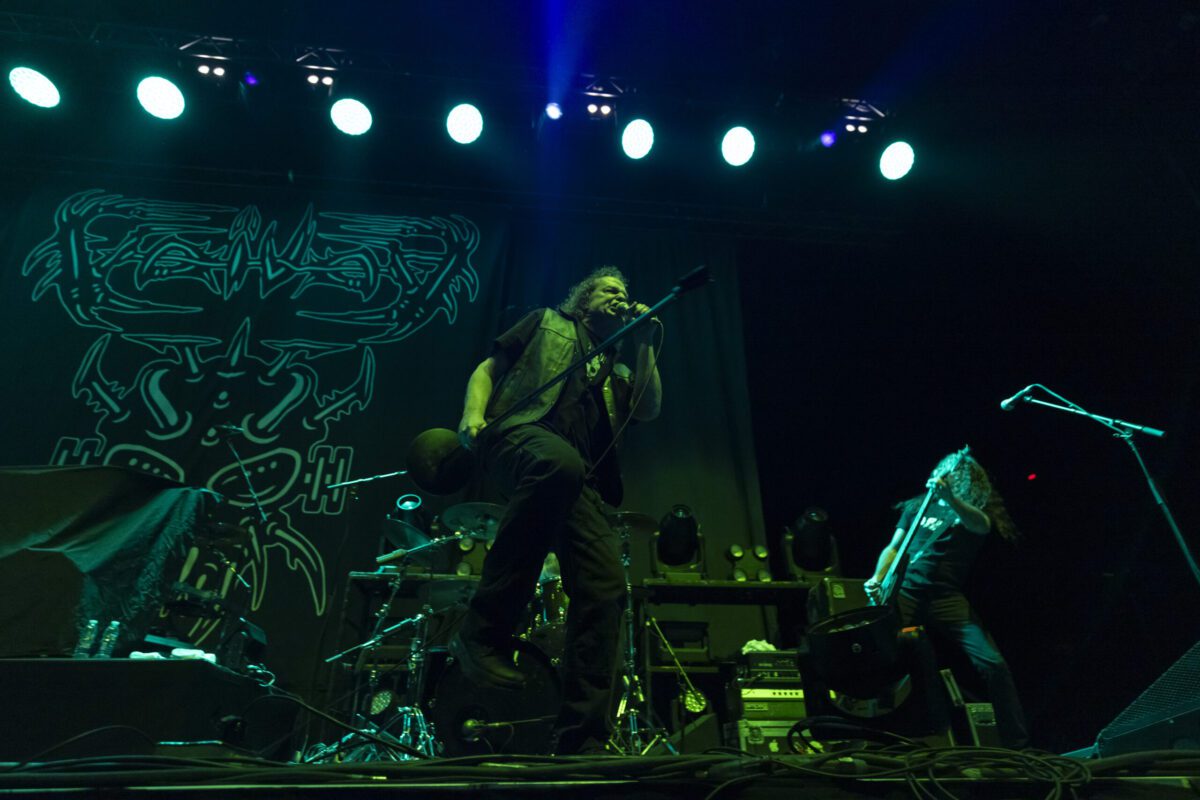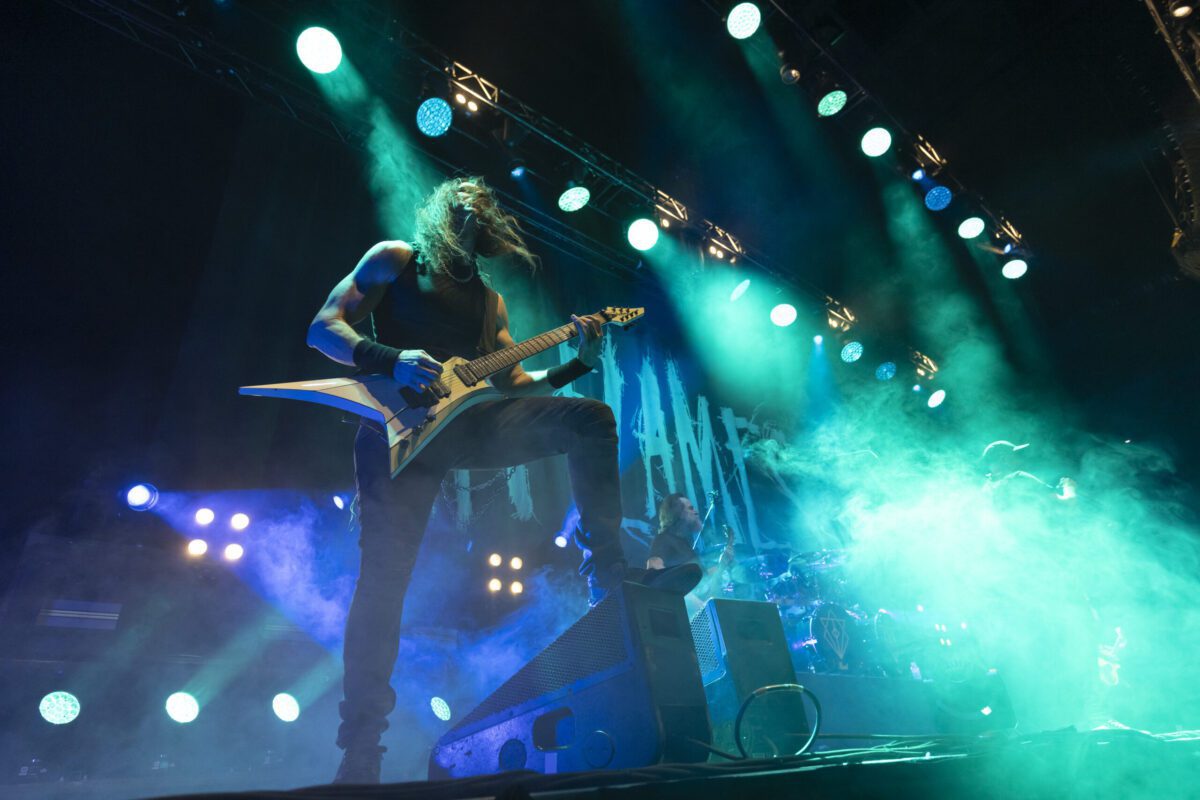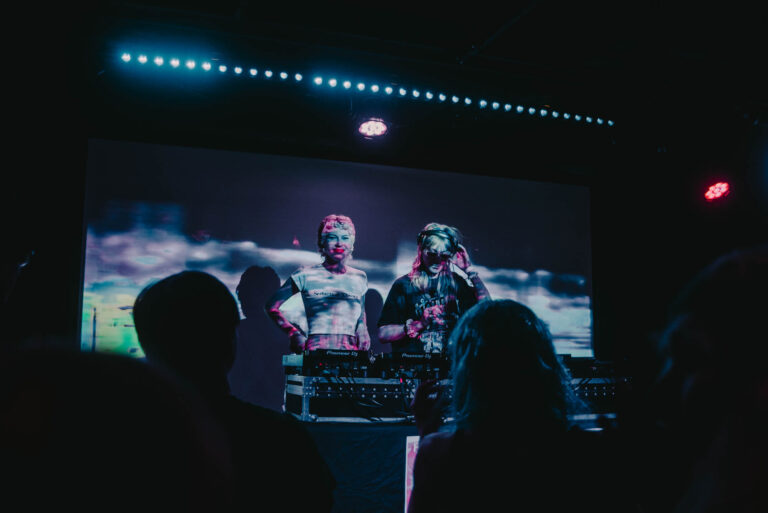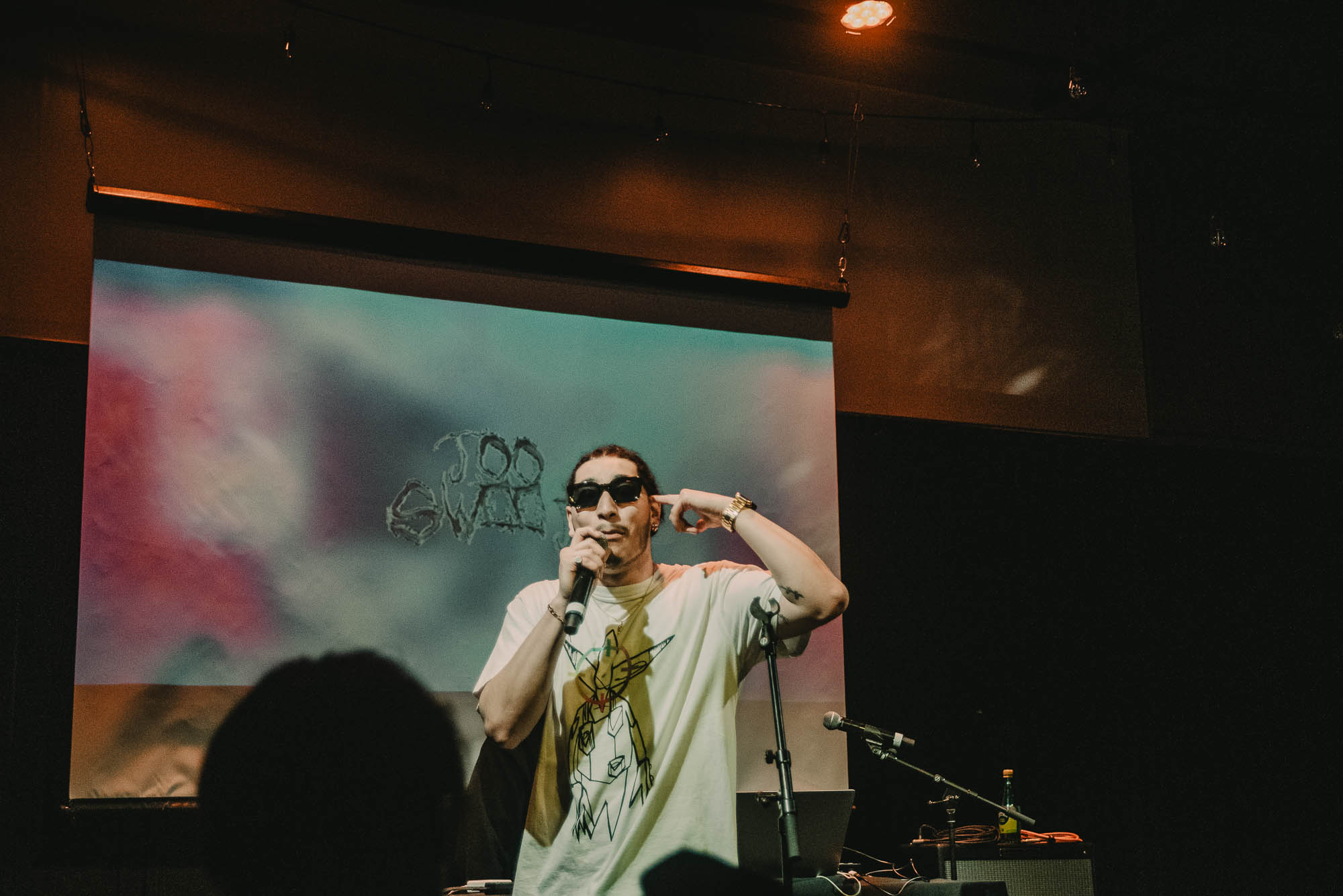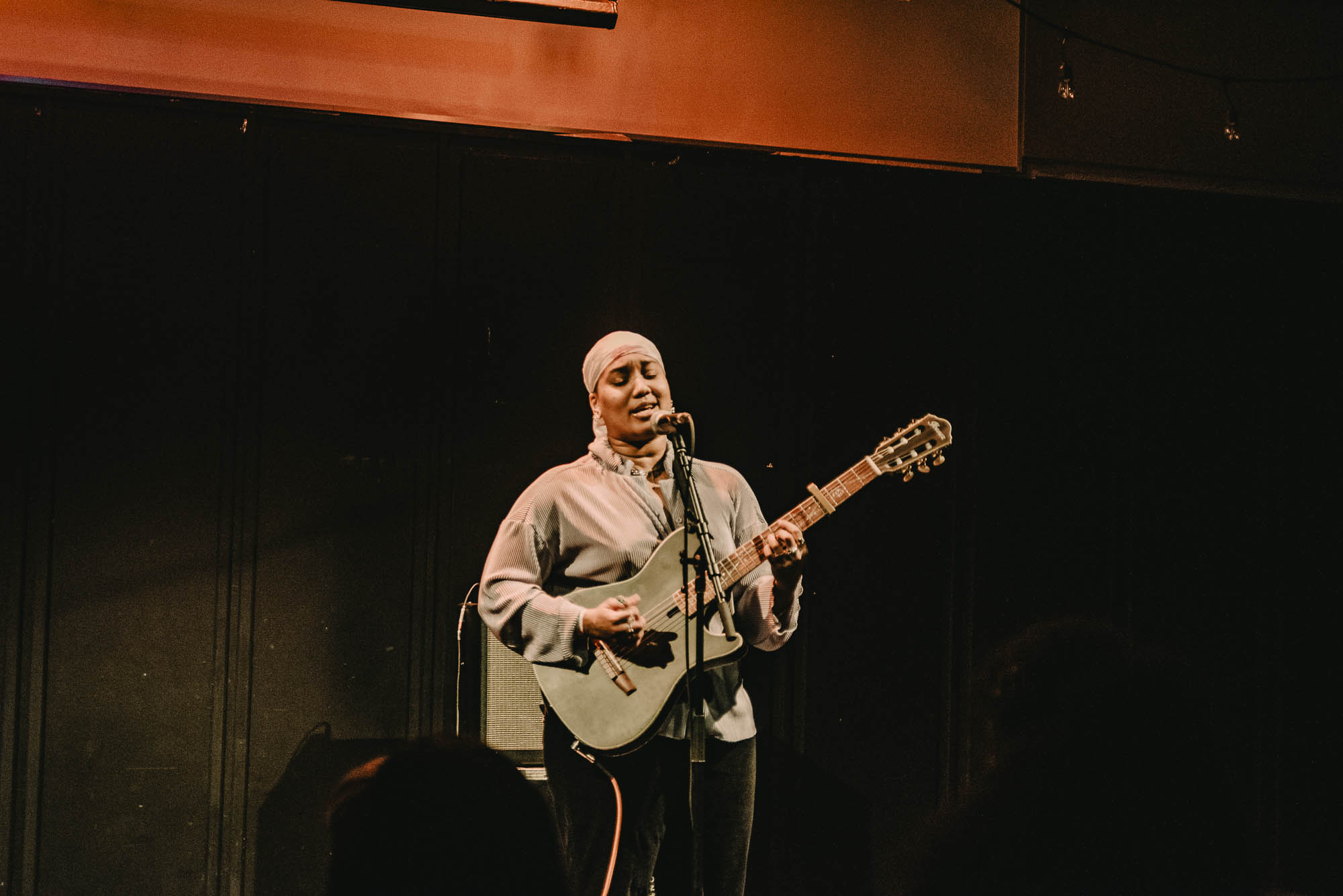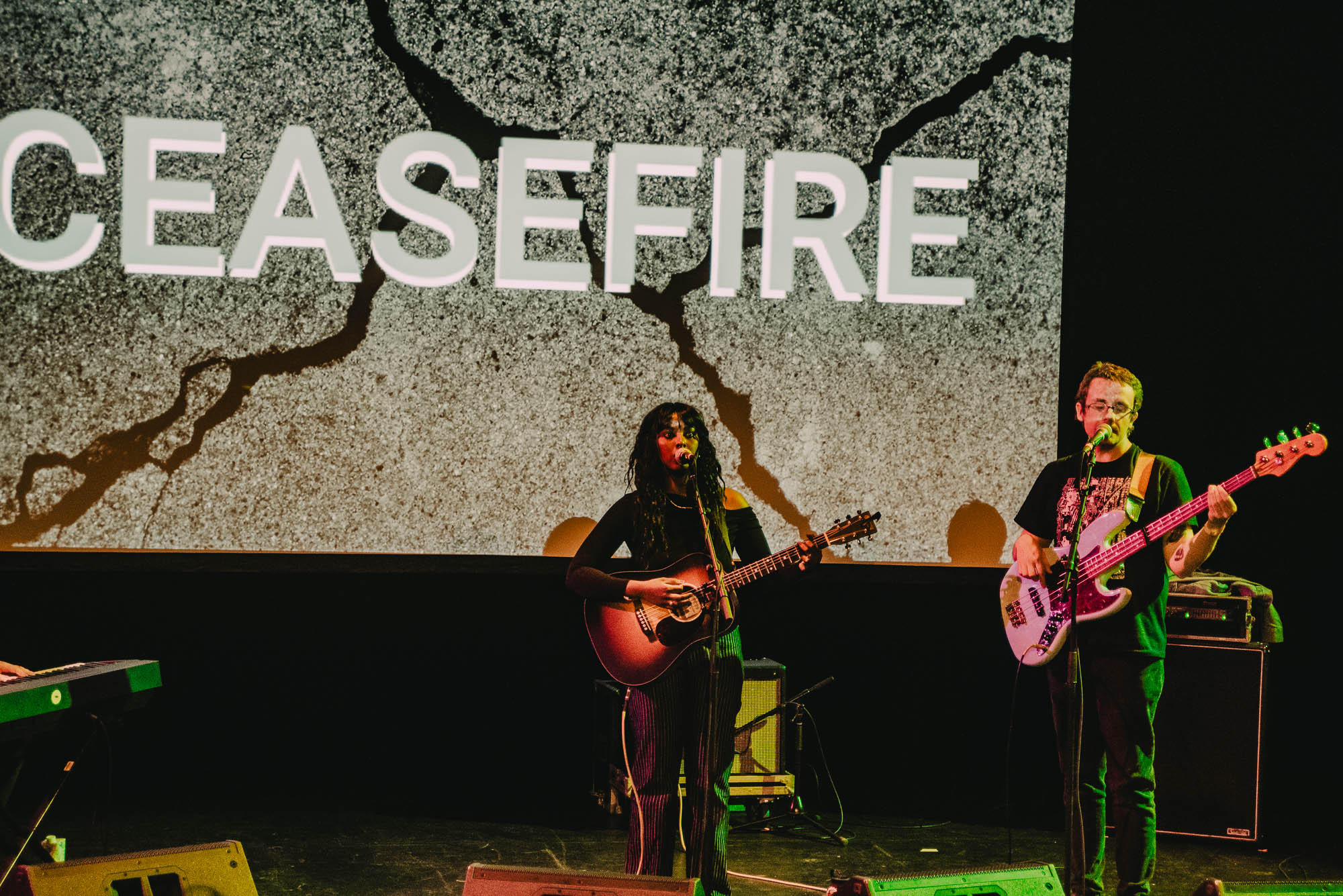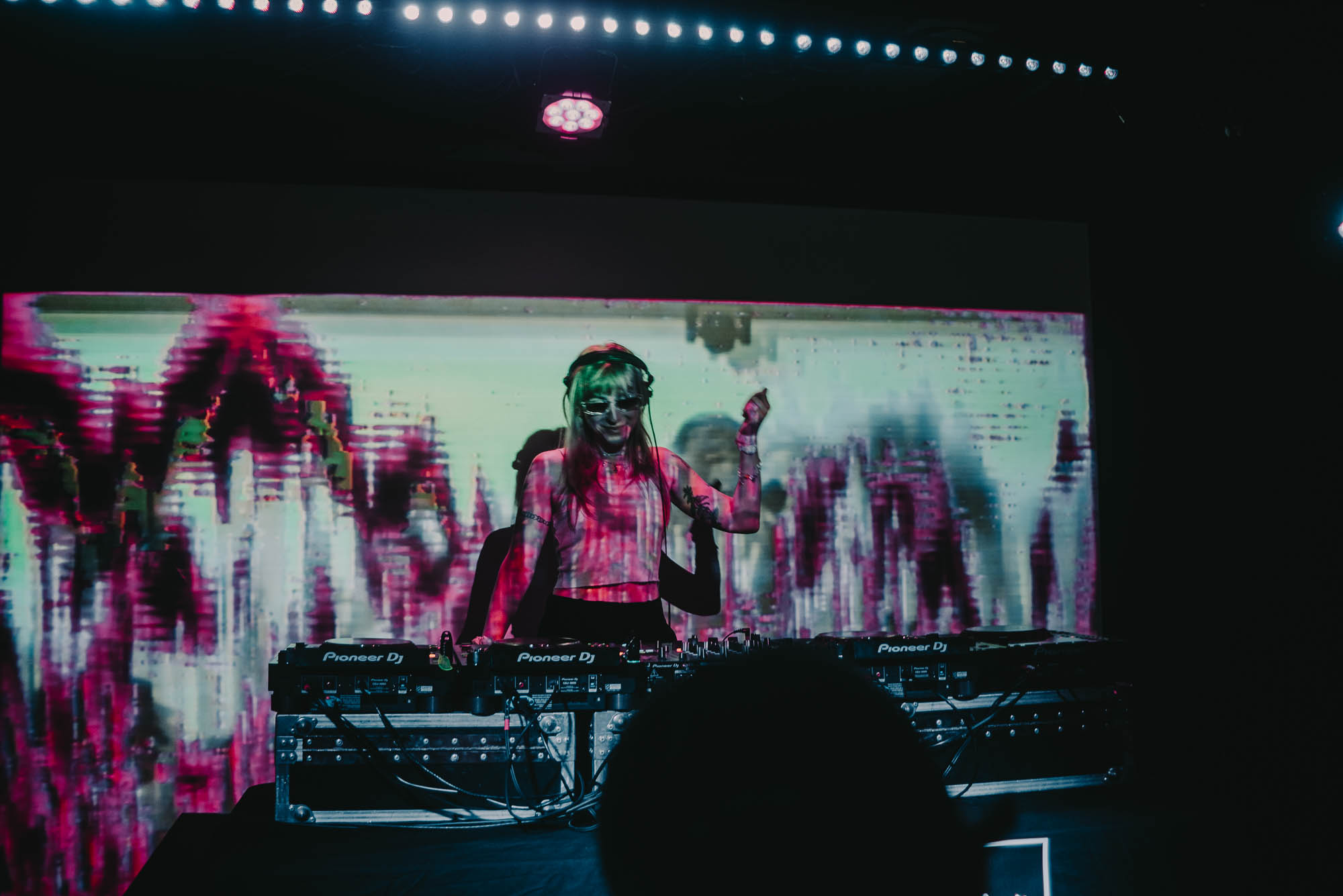The Montreal Symphony Orchestra is back in action at dawn of 2024, the Maison symphonique is vibrating this week to the sounds of Mahler and Szymanowski, and its occupants are doing just fine.
Simone Lamsma is not on the Wikipedia list of top Dutch violinists, but she will be soon. Indeed, it takes a hell of a sound to transcend the score of Karol Szymanowski’s fabulous Violin Concerto No. 1, which regularly frequents the high frequencies, particularly in the parts without symphonic accompaniment.
The notes must be particularly well supported to avoid any irritation in the treble, which the musician achieves in the best possible conditions. What’s more, Simone Lamsma’s sparkling playing includes flawless articulation in high velocity, and the intelligibility of her interpretation is rarely impaired by the orchestra, whose support the maestro has provided with near-perfection.
The musical relationship between Rafael Payare, the MSO and the soloist certainly augurs well for future encounters. The choice of Szymanowski’s Violin Concerto No. 1 is to be applauded, as this composer, born in a border area of Poland (now part of Ukraine), worked during the same period as the great pre-modern and modern composers, i.e. at the early beginning of the previous century. The harmonic advances, rhythmic diversity, melodic modernity and orchestrations are comparable to those of the most popular composers of the period.
A judicious choice on the part of the OSM’s artistic director, who is also banking on the discovery of a modern repertoire, including this work considered by specialists to be the first modern concerto for violin and orchestra.
As for Gustav Mahler’s Symphony No. 7, a colossal 77-minute work divided into 5 movements, the effect is more than striking – not to mention the inappropriate clapping of a part of the audience that is never reprimanded by the OSM, a choice of accessibility that is certainly defensible, but that tests the tolerance of the majority of music lovers present in the hall.
While it takes a thorough knowledge of Mahler’s best interpretations of this 7th symphony to detect the minor flaws perceived on Tuesday evening, a few adjustments will be required to reach the excellence of the 5th, masterfully played by the OSM and Payare last winter. In the first of three concerts on the same program, everything indicated that the Montreal orchestra and its conductor could already delight the audience, and that the adjustments made this week would lead to a top-notch performance.
As we saw and heard in the first movement, a little less successful than the others, it’s very difficult to capture this orchestral dialectic between the shadows of night and the light of day, between moments of little happiness embodied by lighter arias and dark, dramatic moods.Gustav Mahler was undoubtedly a tormented man, but we can’t accuse him of not having sought out the brighter side of human existence, hence the chiaroscuro deployed throughout this 7th symphony, built around a central scherzo. This scherzo is enveloped by two dark, star-spangled nocturnal movements, the famous Nachtmusik 1 and 2, topped by a rondo-finale.
The fifth and final movement ironically evokes the quest for happiness, if we are attentive to its subtle caricature. An almost impossible quest in Mahler’s universe… doesn’t the darkness eventually win out, paradoxically to our delight?The fifth and final movement ironically evokes the quest for happiness, if we are attentive to its subtle caricature. An almost impossible quest in Mahler’s universe… doesn’t the darkness eventually win out, paradoxically to our bliss?
photo: Antoine Saito

